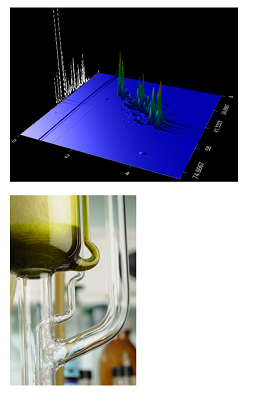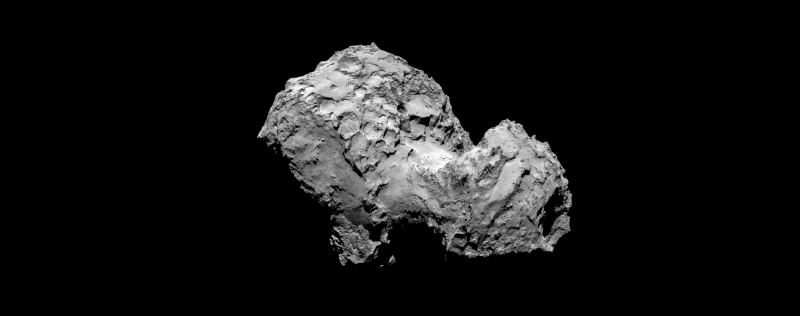Aromas, Perfumes and Chirality
- Aromas and Perfumes
This theme revolves around three lines of research. A first axis is centered on analytical sciences with the development of innovative analysis strategies for odorous compounds in natural products. This is achieved through the development or use of the most modern extraction and analysis techniques. A second axis aims to identify compounds of interest, most often organoleptic, in natural extracts. For this, we have optimized the joint use of GC×GC/TOFMS and multi-station GC/Olfactometry coupling.
Figure 3D view of a vetiver essential oil chromatogram obtained by CGxCG-TOFMS (Pegasus IVD). More than a thousand chemical compounds are separated in this matrix, we distinguish the zones of retention of hydrocarbons, alcohols and ketones. This state-of-the-art capillary GC technique – depicts peaks in 3D, uses a base area (instead of a baseline) and quantifies analytes by volume integration. Each point on the surface has its own mass spectrum recorded by a time-of-flight mass spectrometer.

- Biomolecular Chirality

Group leader Uwe Meierhenrich (Professor)
Amino acids are building blocks of proteins and therefore of all living organisms on Earth. But where do they come from and where does their homochirality come from, a necessary prerequisite for prebiotic polycondensation ? Providing answers to these fascinating questions is one of the main research areas of an international team that has been built around our expertise.



